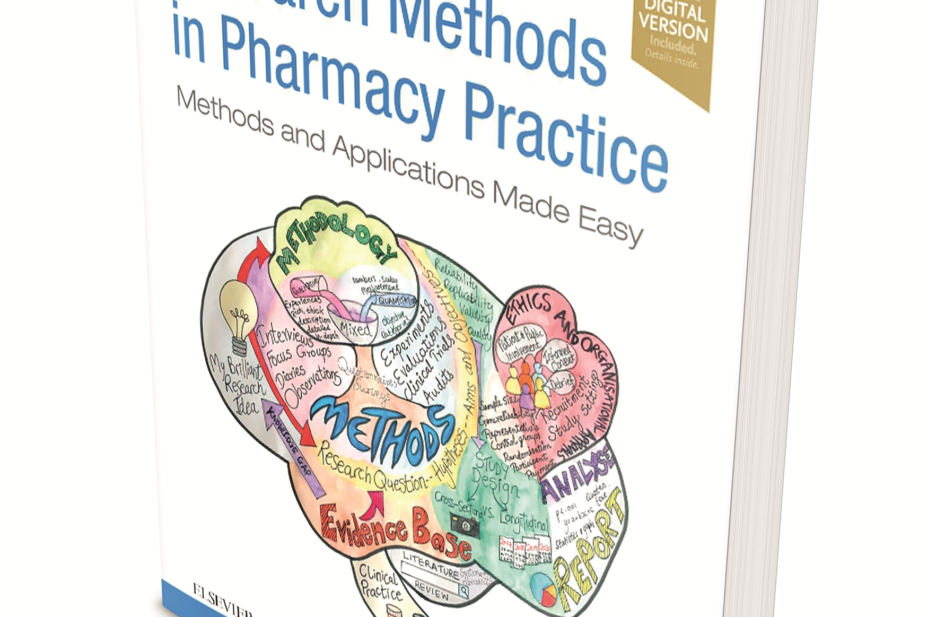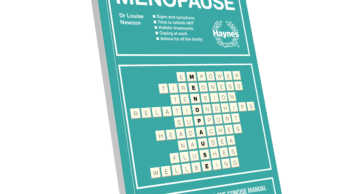
Practice-based research is critical for the advancement of pharmacy practice, especially during these changing times when the profession needs to demonstrate and highlight its significant value within the healthcare system. This book, Research Methods in Pharmacy Practice: Methods and Applications Made Easy, which focuses on pharmacy practice-based research and its practical application, is very welcome — few books dedicated to this field are available.
The book, aimed at undergraduate pharmacy students and practitioners, covers all three research traditions, chapter by chapter: quantitative, qualitative and mixed methods. It guides the reader through each step, from formulating a research question to disseminating the findings. It begins by introducing research concepts by briefly considering the main aspects involved, such as literature review and theory, and provides an excellent starting point for novice researchers. Dissemination of the research is also considered in depth, and the authors touch on effective translation of findings into practice. The book concludes with practical advice on how to overcome internal and external barriers that may prevent pharmacists from undertaking research.
The book’s main messages are linked throughout to at least one of four project cases studies introduced at the beginning of the book (hospital pharmacist, community pharmacist and two undergraduate pharmacy student case studies). This book may also be valuable to postgraduate pharmacy students (Masters, DPharm and clinical diploma students) and preregistration pharmacists who are completing quality improvement projects. Each chapter is well structured and well written. Key terms are appropriate in length and allow the reader to dip in and out as suits. The glossary is particularly useful for demystifying jargon used within research. The use of figures, case study examples and self-check questions consolidates the information covered. Additionally, the authors situate the topics within the UK, which engages the reader and makes the topics easier to understand in the context of real-life practice. Each chapter concludes with a brief summary of what has been covered, with recommended further reading and research resources.
It is exceptionally challenging to discuss all aspects of research in great depth in one book; however, the authors manage to introduce readers to what they should be aware of before, during and after undertaking a research project. The lesser and very briefly introduced features of research are accompanied by recommended wider reading. However, it would have been great to see further inclusion of non-systematic literature reviews, and more discussion around involvement of patients and the public, not only on the design of the research, but also on the greater roles they can undertake throughout the project.
This book can motivate pharmacy undergraduate and postgraduate students and practising pharmacists in all sectors who want to undertake practice-based research to solve real-world problems. The book makes research accessible to all practitioners, no matter what stage they are at in their careers. Although not all aspects of research are covered in significant detail, and further reference sources may be required, this book is a comprehensive and pragmatic guide to practice-based research.
Kristina Medlinskiene and Justine Tomlinson
References
Research Methods in Pharmacy Practice: Methods and Applications Made Easy, by Zubin Austin and Jane Sutton. Pp 242. £26.99: Elsevier Health, Oxford; 2018: ISBN 978-0-7020-7426-4


